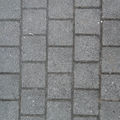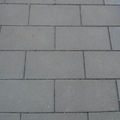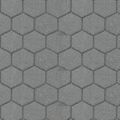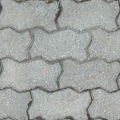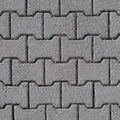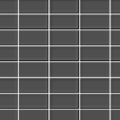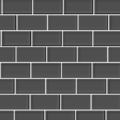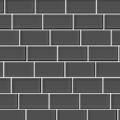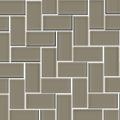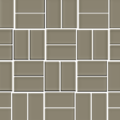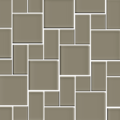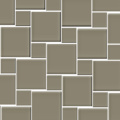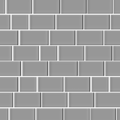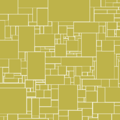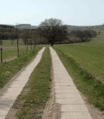Tag:surface=paving_stones
| Description |
|---|
| A surface paved with artificial blocks (block pavers, bricks) or natural stones (flagstones), with a flat top. |
| Group: properties |
| Used on these elements |
| Useful combination |
| Status: de facto |
| Tools for this tag |
|
A relatively smooth surface paved with artificial blocks (block pavers, bricks) or natural stones (flagstones), with a flat top. The gaps between individual paving stones are very narrow, either because the stones have a perfectly regular shape (rectangular, or any surface-filling shape) or because they have been carefully selected, fitted and placed in order to form an even, closed surface.
There is a wide variety of blocks that qualify for this tag.
 Crazy paving, combining a flat top with irregular shapes
Crazy paving, combining a flat top with irregular shapes
Subtags
From Proposed_features/Paving_stone_details:
- paving_stones:shape=*: shape of the tiles, see Shape section below.
- paving_stones:pattern=*: how they are arranged, see Pattern section below.
- paving_stones:length=* and paving_stones:width=*: dimensions. For square tiles, only the length need be given. With patterns that use multiple sizes (e.g. "tudor"), the dimension of the largest stone in the pattern is considered. Example:
30 cm(unit can be included to avoid confusion, though paving_stones:length=0.3 with meters as default is the most common by far). - surface:colour=*: colour of the tiles, like colour=*. (paving_stones:colour=* also has a significant number of uses but is needlessly more specific than surface:colour=*, so the more generic key should be used.)
- paving_stones:direction=* or paving_stones:orientation=*: rotation of the pattern, see Direction section below.
- paving_stones:material=* : some paving_stones are made of concrete, and some are made of stone, see Material section below.
Shape
paving_stones:shape=* describes the shape of the individual paving stones. The following are some possible values:
paving_stones:shape
=square paving_stones:shape
=rectangle paving_stones:shape
=hexagon paving_stones:shape
=zigzag paving_stones:shape
=double_t paving_stones:shape
=squarish_octagon paving_stones:shape
=s-shape paving_stones:shape
=irregular
Pattern
paving_stones:pattern=* describes how the paving stones are arranged. Not all combinations of shape/pattern are physically possible.
paving_stones:pattern
=stack_bond paving_stones:pattern
=half_bond paving_stones:pattern
=quarter_bond paving_stones:pattern
=herringbone paving_stones:pattern
=basket_weave paving_stones:pattern
=tudor paving_stones:pattern
=linen paving_stones:pattern
=interleaved paving_stones:pattern =random_course
Direction
paving_stones:direction=* describes the orientation of the paving stone pattern relative to north. It uses the syntax for direction=* angles. With an angle of 0, the patterns look as depicted in Pattern section (above) on a north-oriented map.
Alternatively, paving_stones:orientation=* can be used to describe the orientation of the paving stone pattern relative to the way direction. In addition to angles, this key also accepts the values along and across.
Material
Values for this tag can use those mentioned in material=*, such as stone/concrete/brick.
Competing tags
surface=paving_stones:30 For usage of the 30 × 30 cm stone. Mainly used in the Netherlands, this tag is disputed by some users. Equivalent to surface=paving_stones + paving_stones:shape=square + paving_stones:length=30 cm.
See also
Other similar surfaces:
Natural, uncut, overall rounded stones
surface=unhewn_cobblestoneLong, narrow concrete elements for a two-tracked vehicle. May be made using concrete paving stones
surface=concrete:lanes











